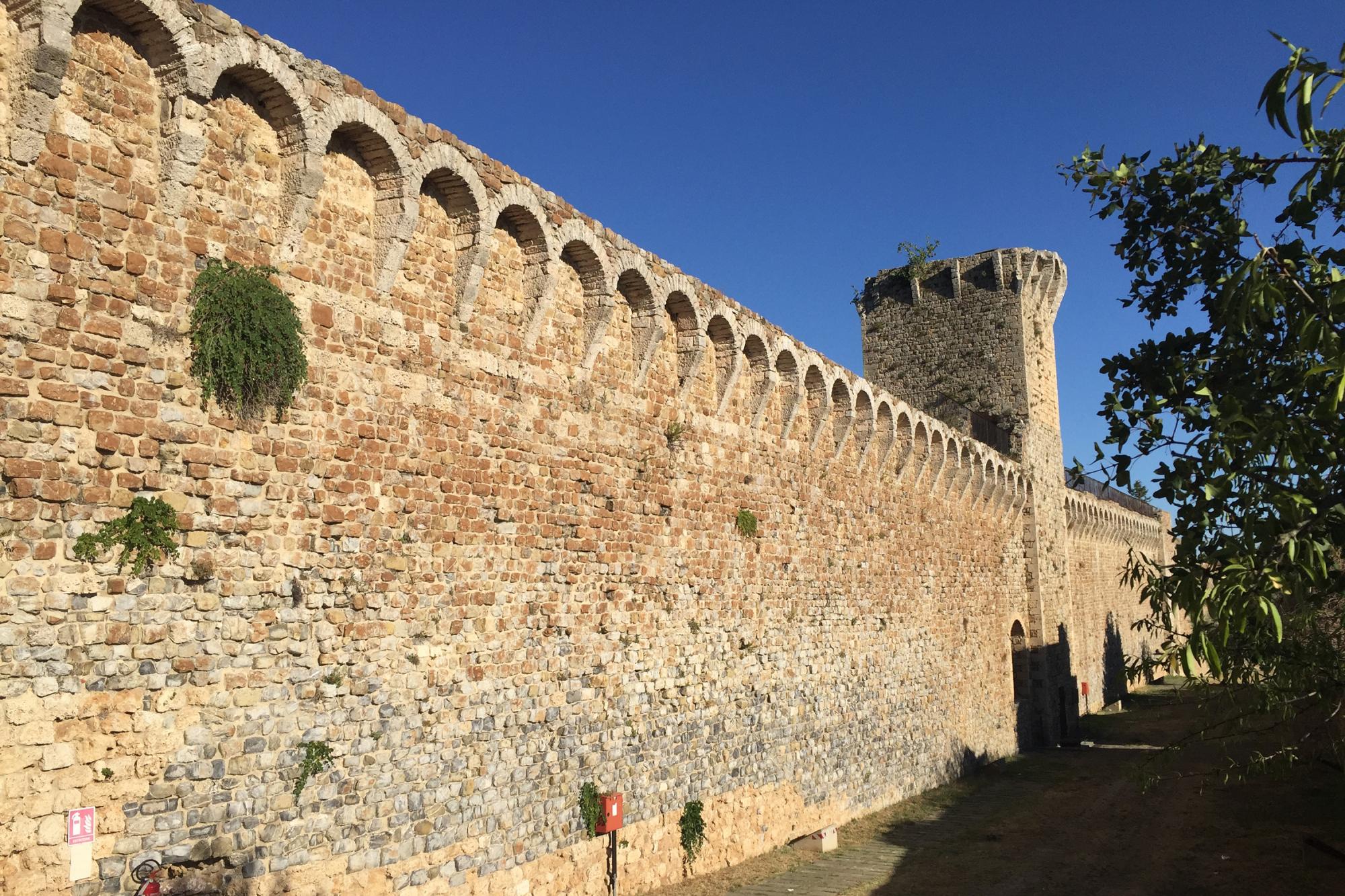

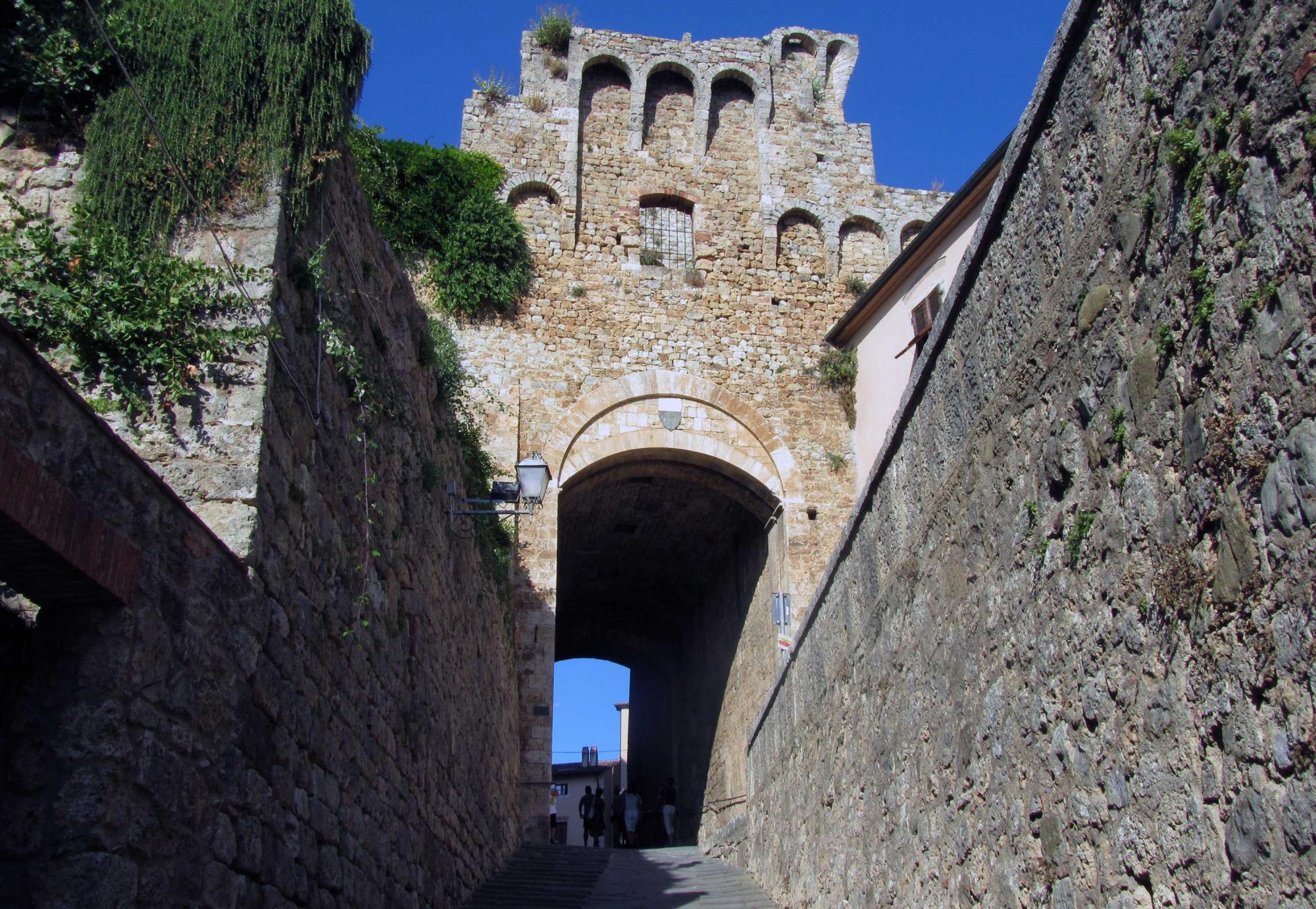
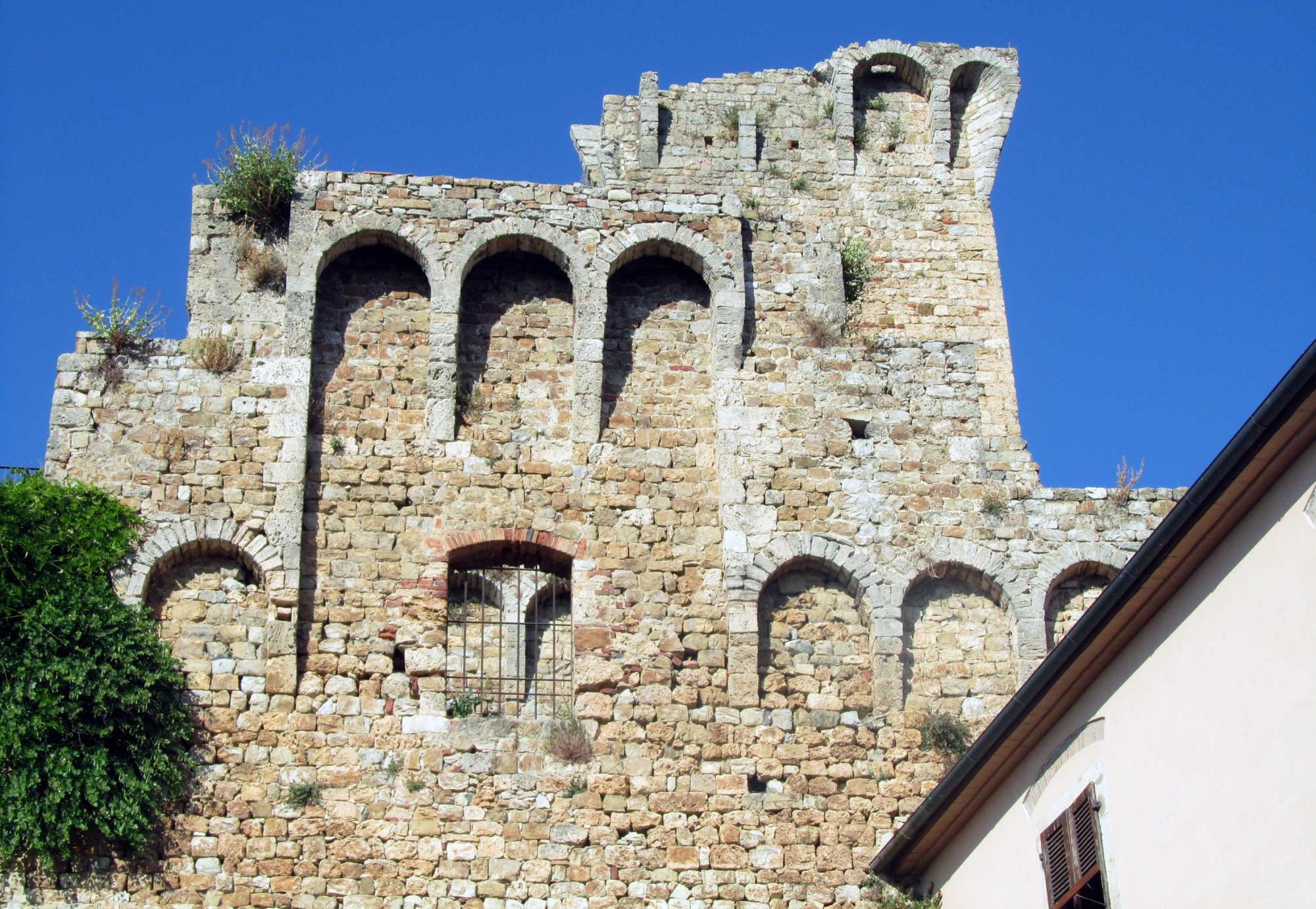
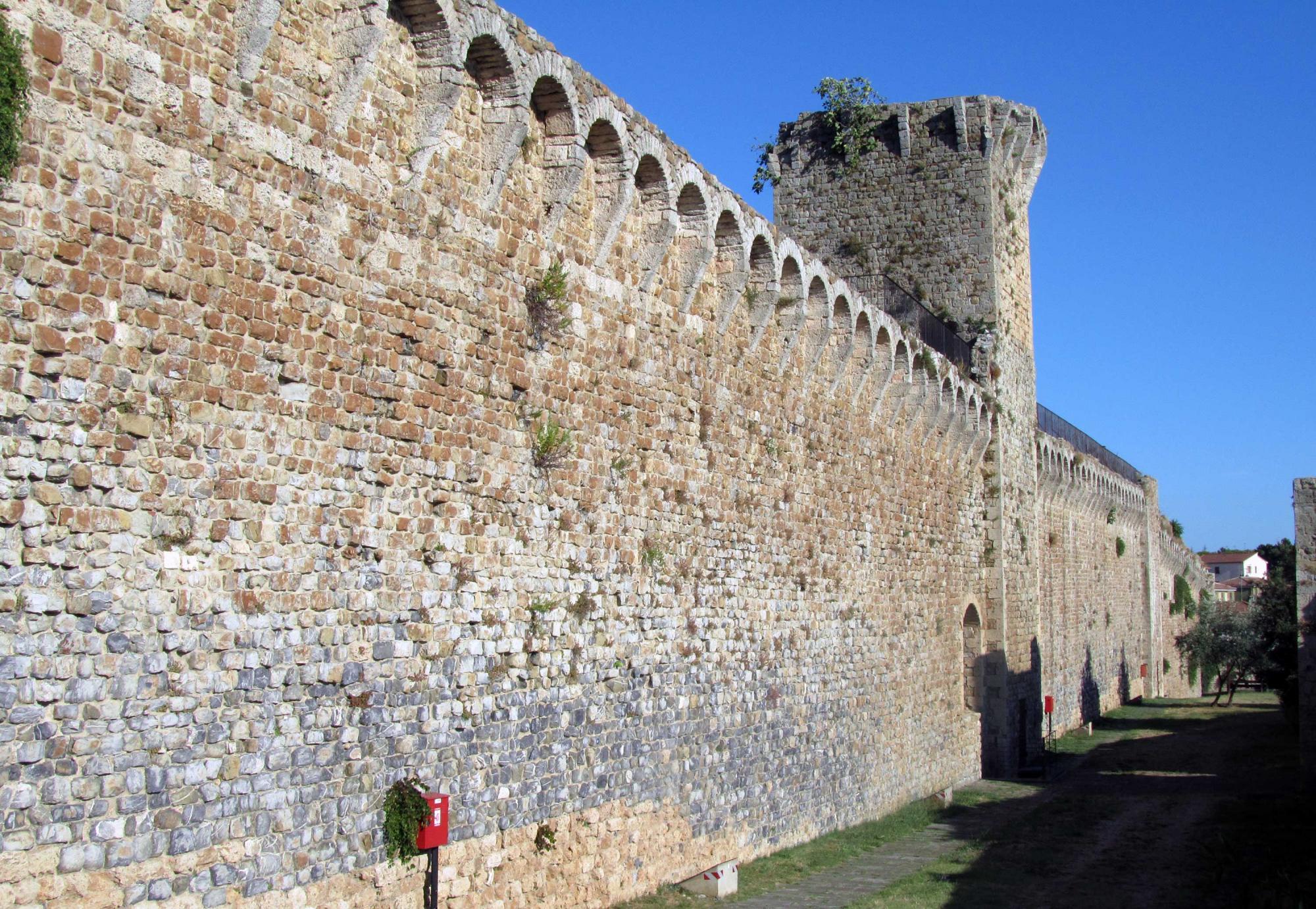
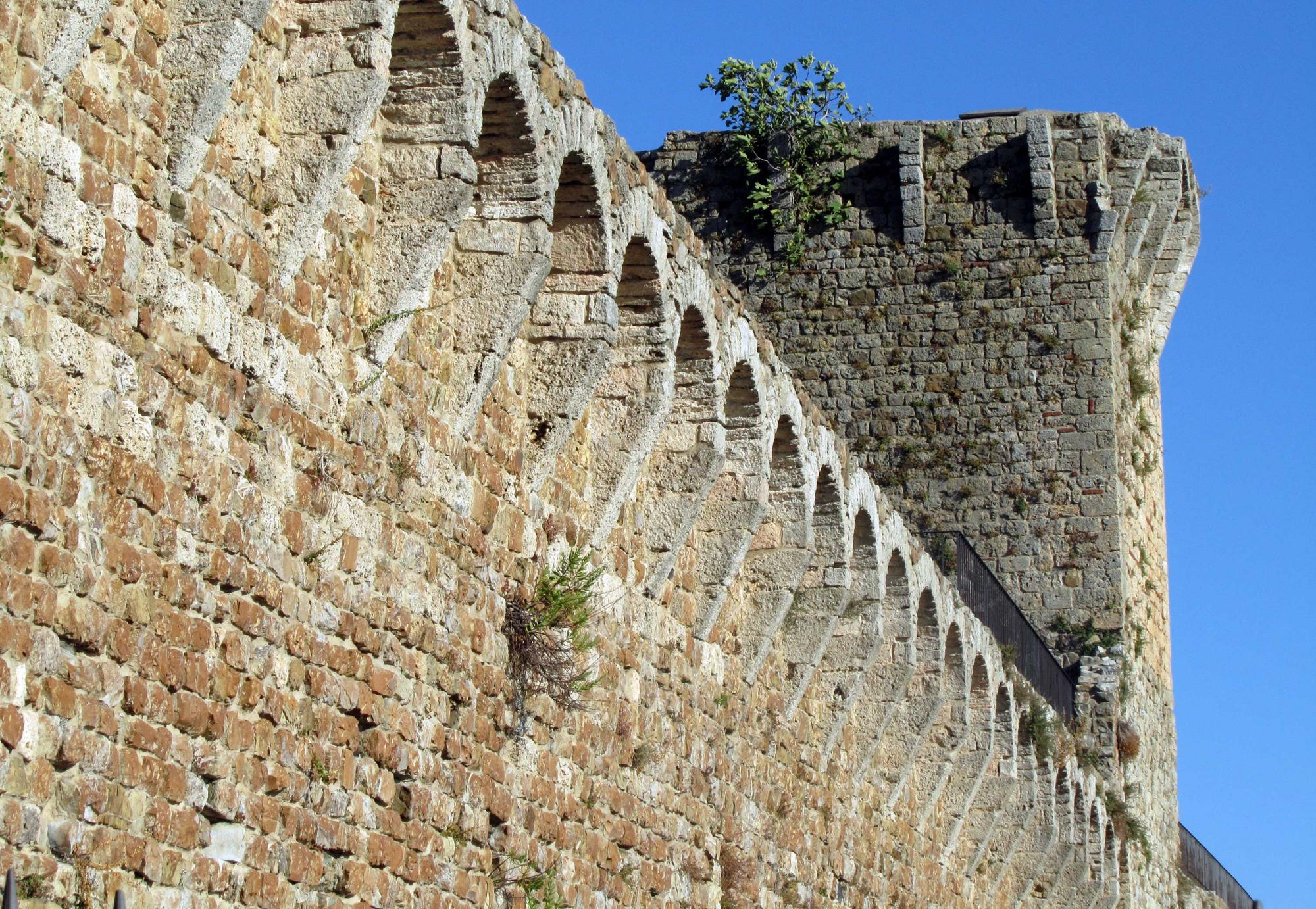
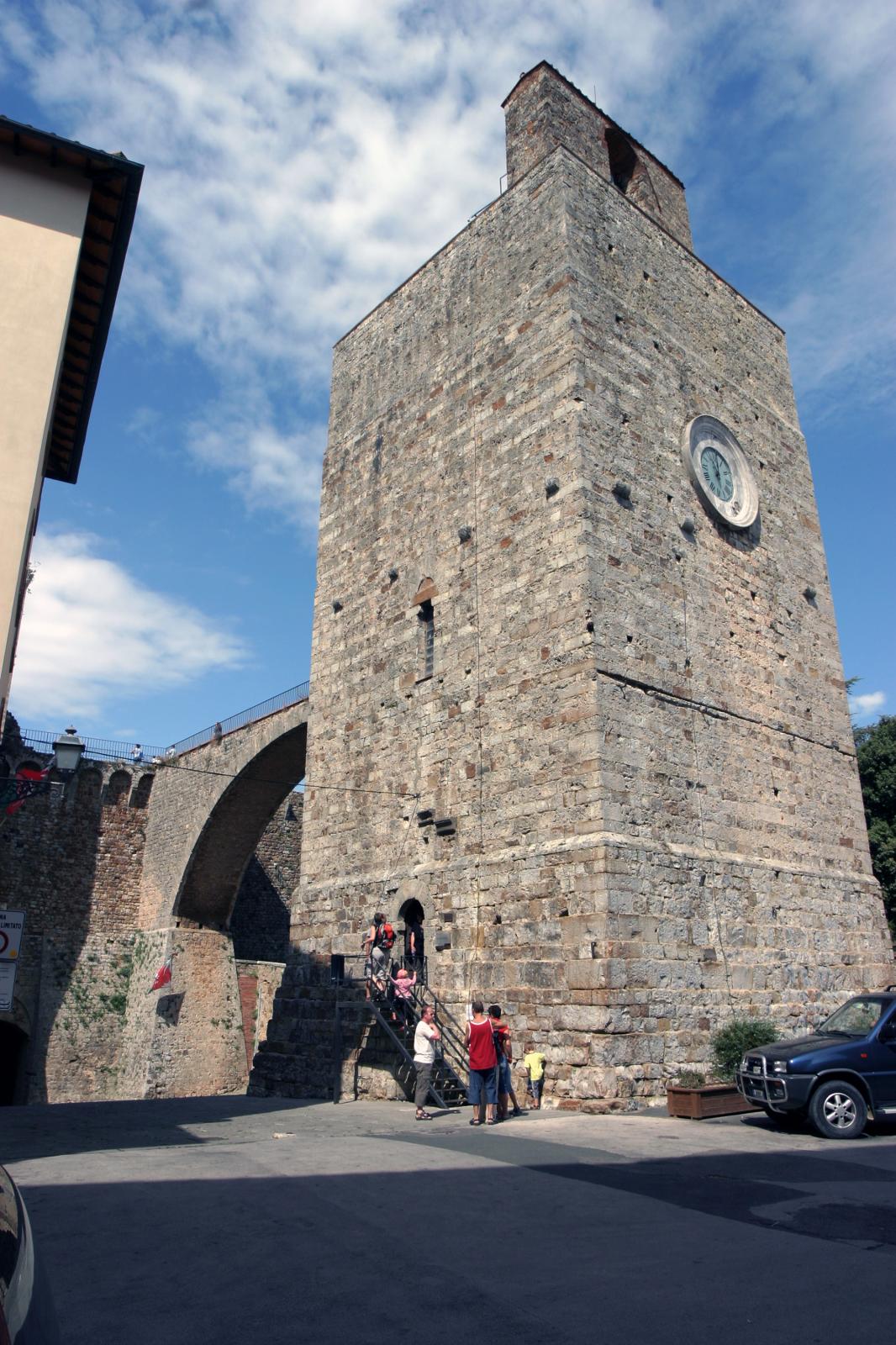
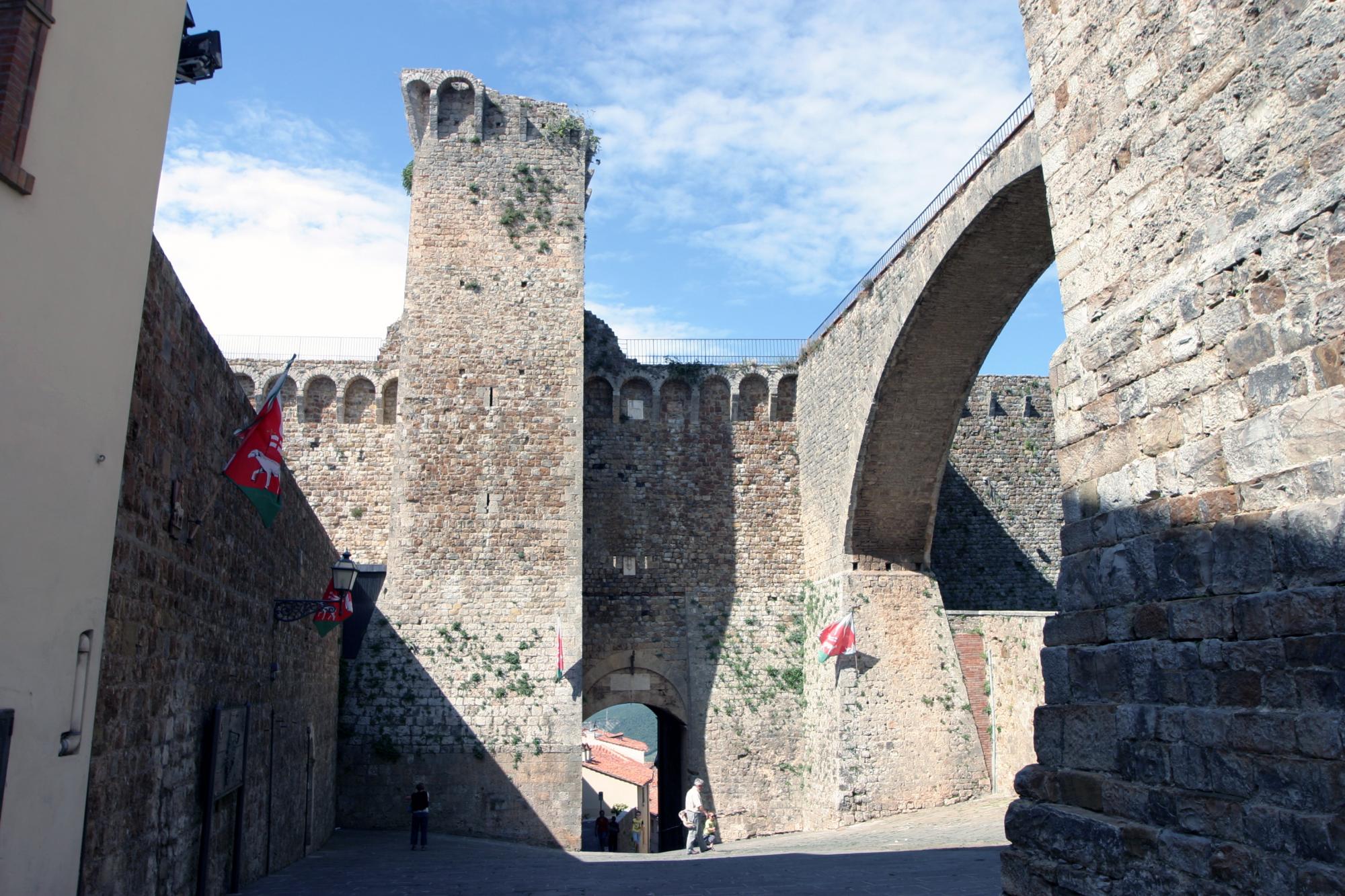
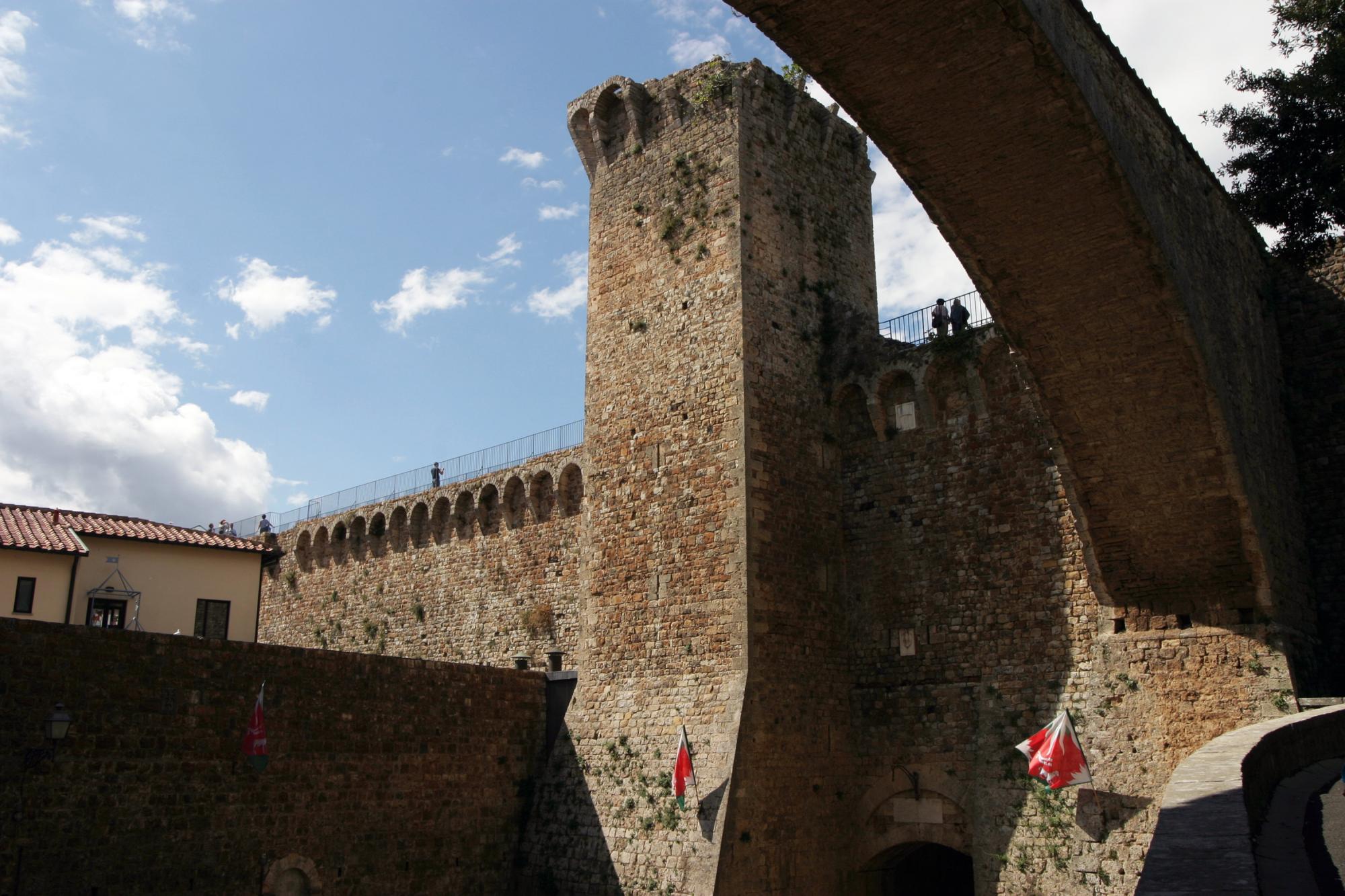
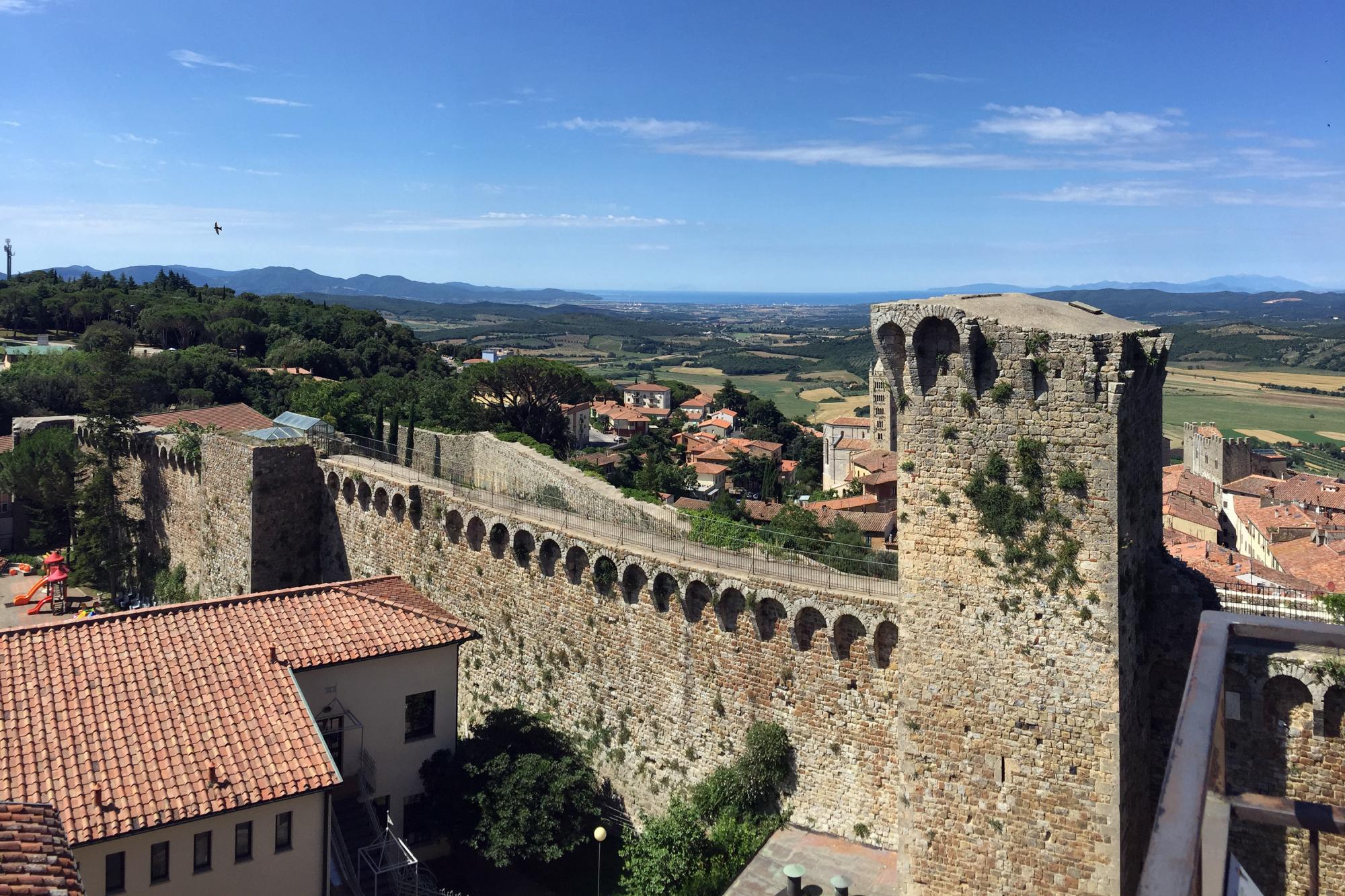
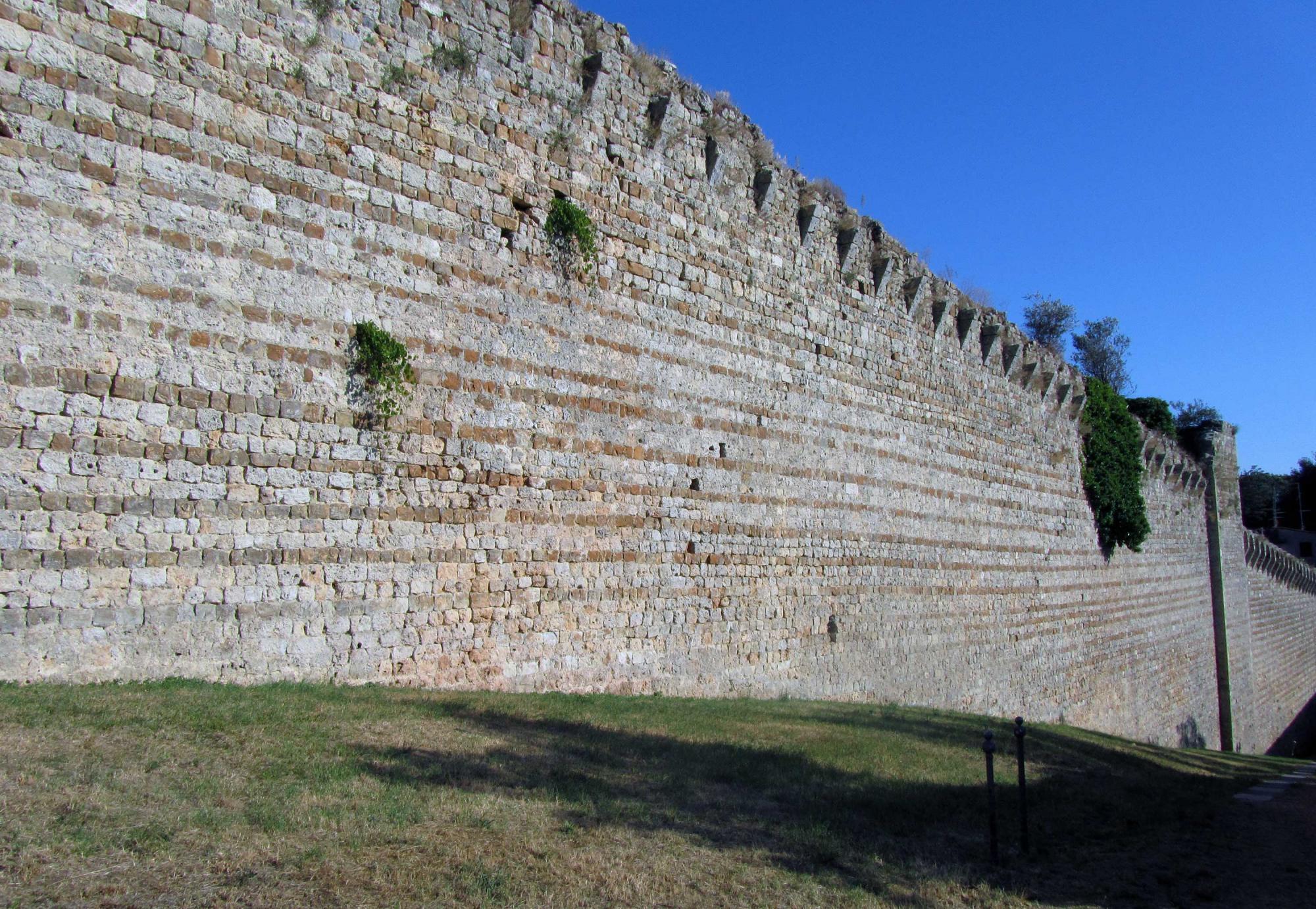

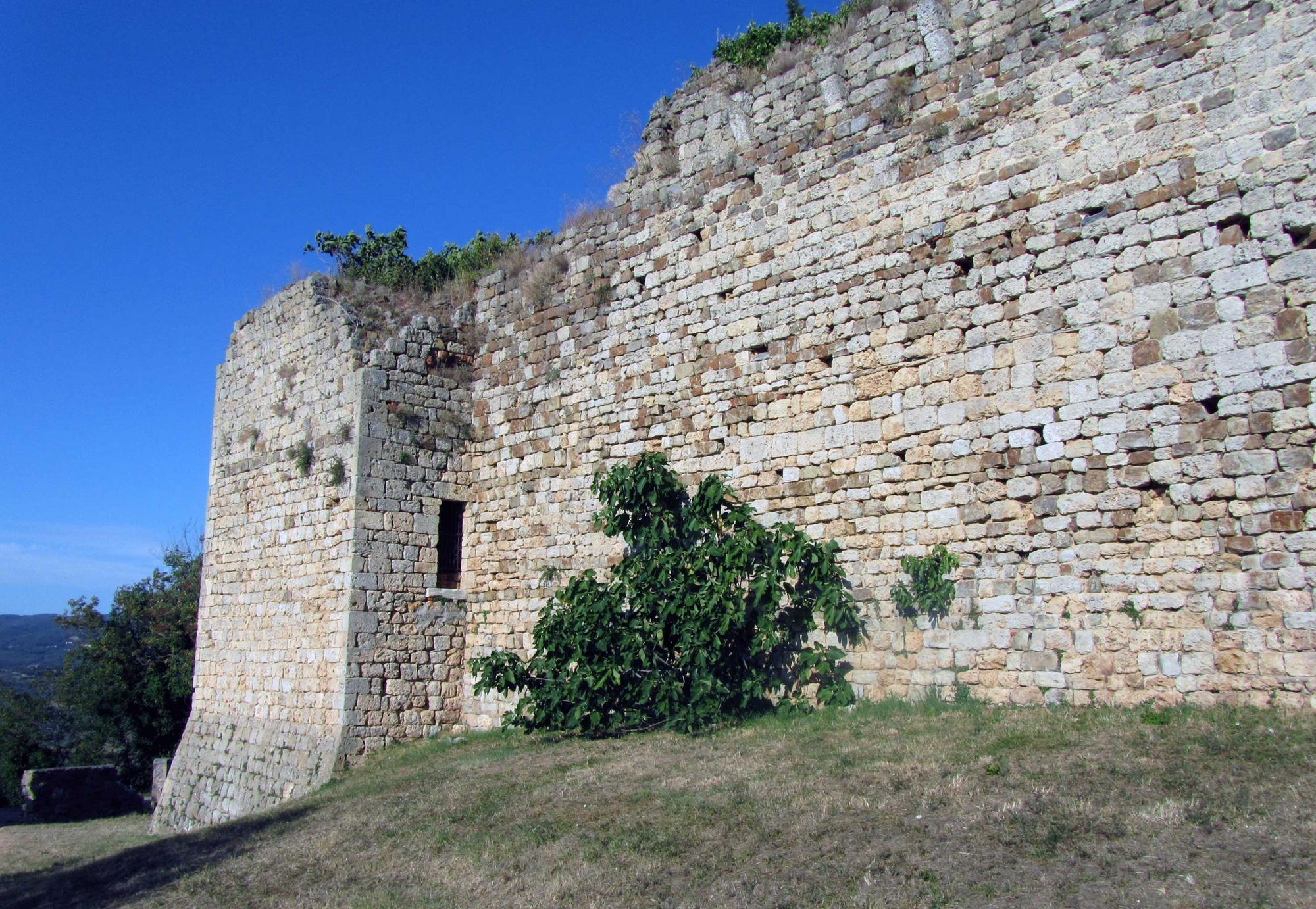
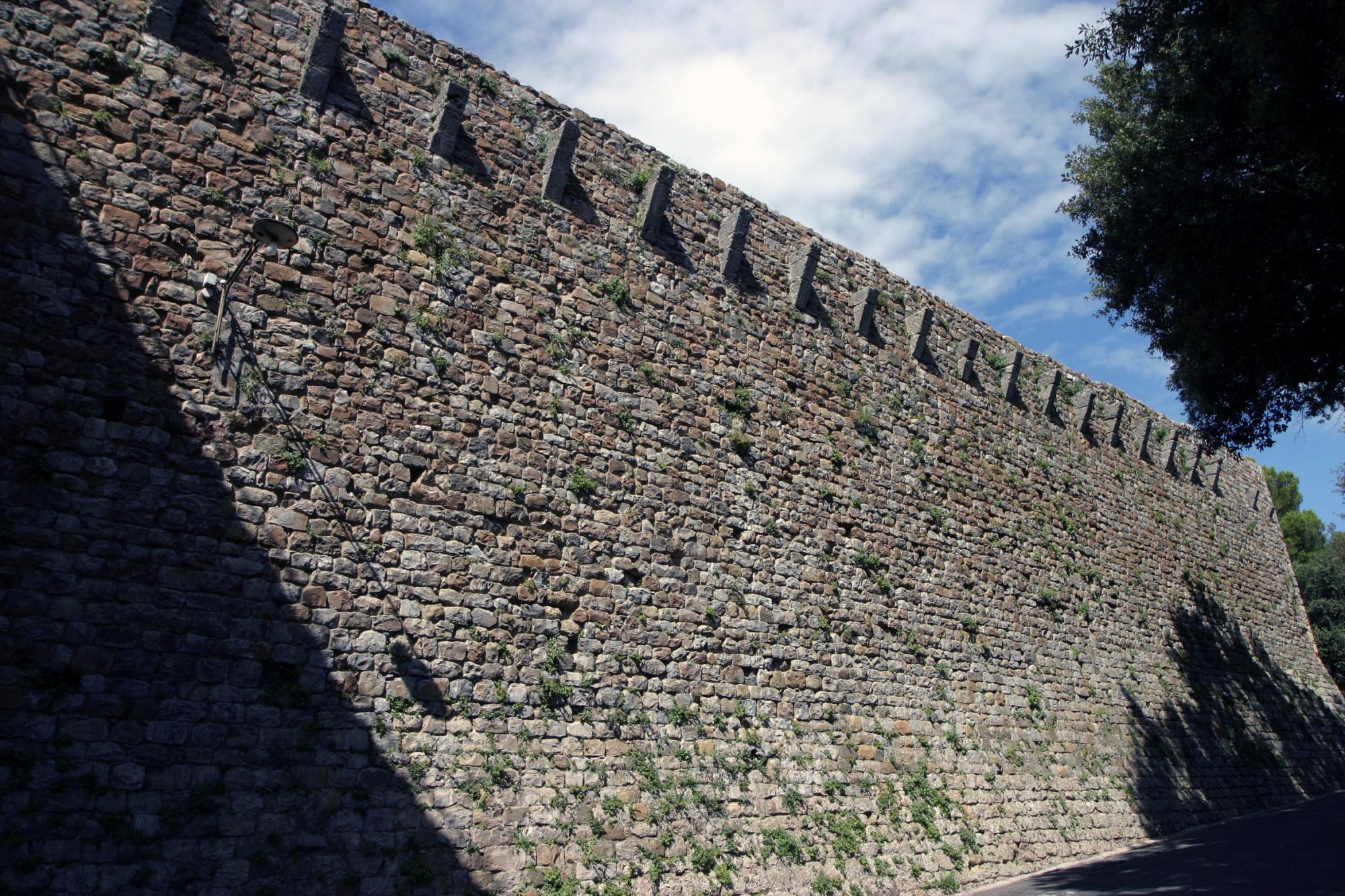
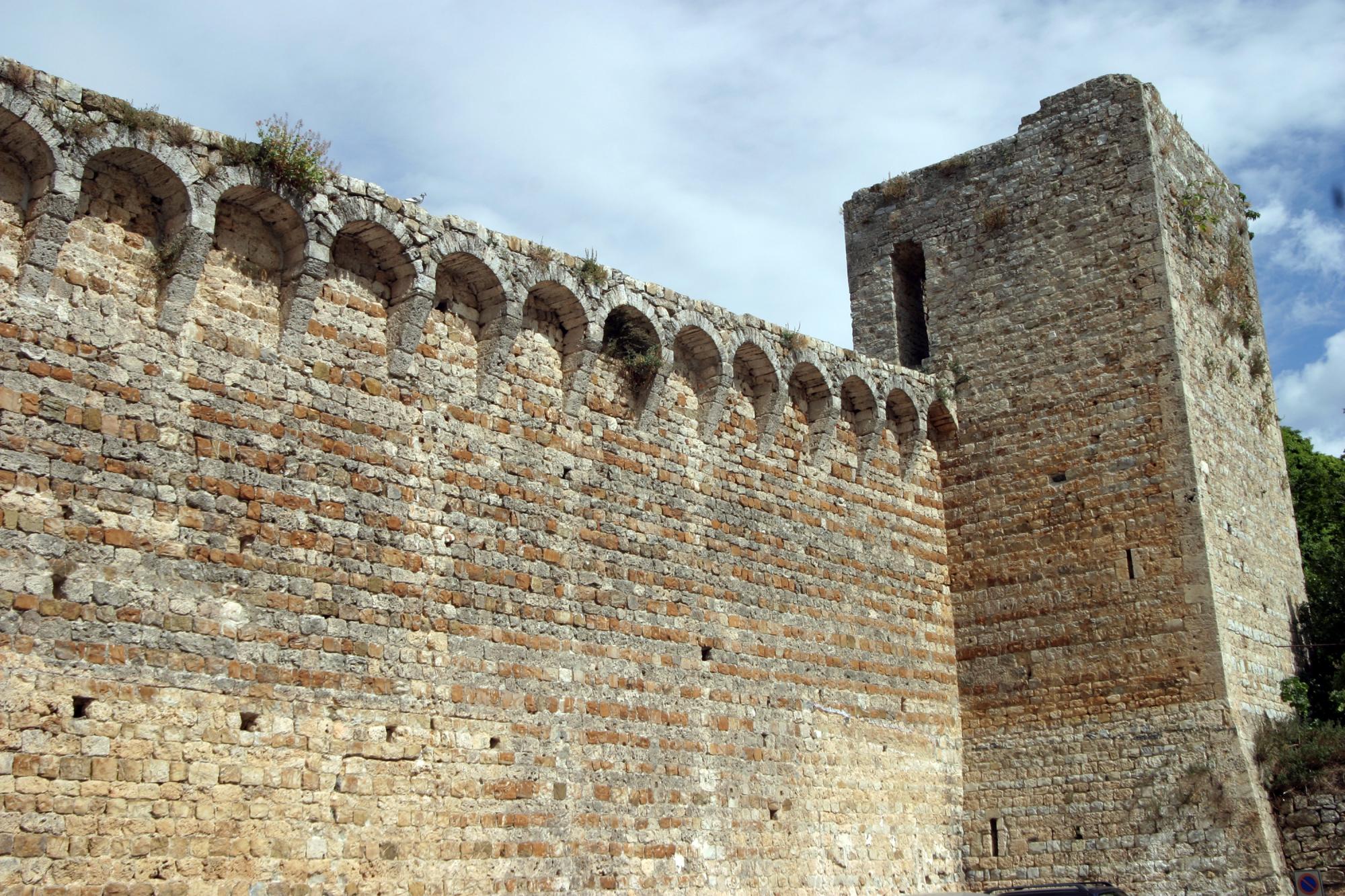
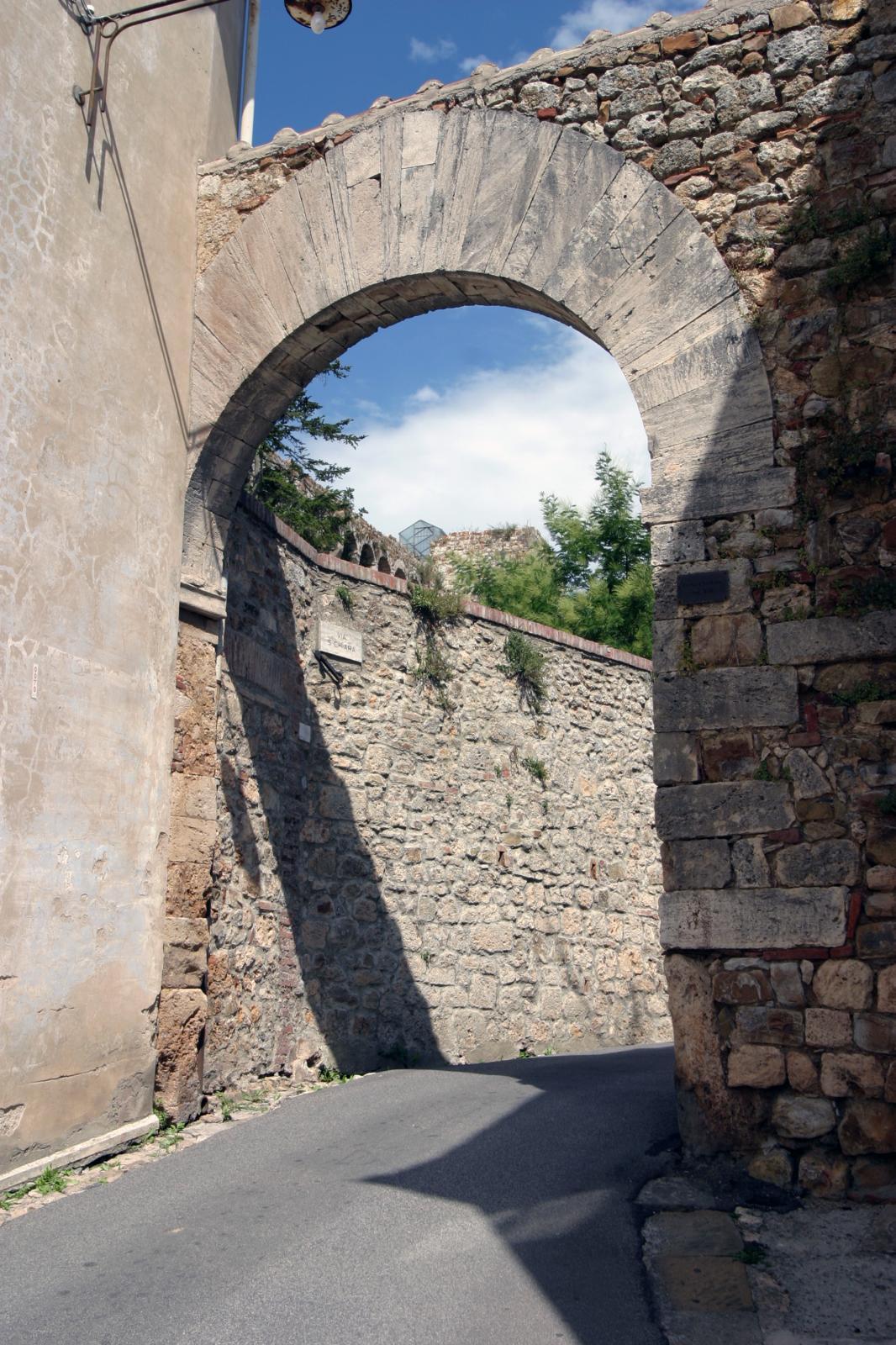
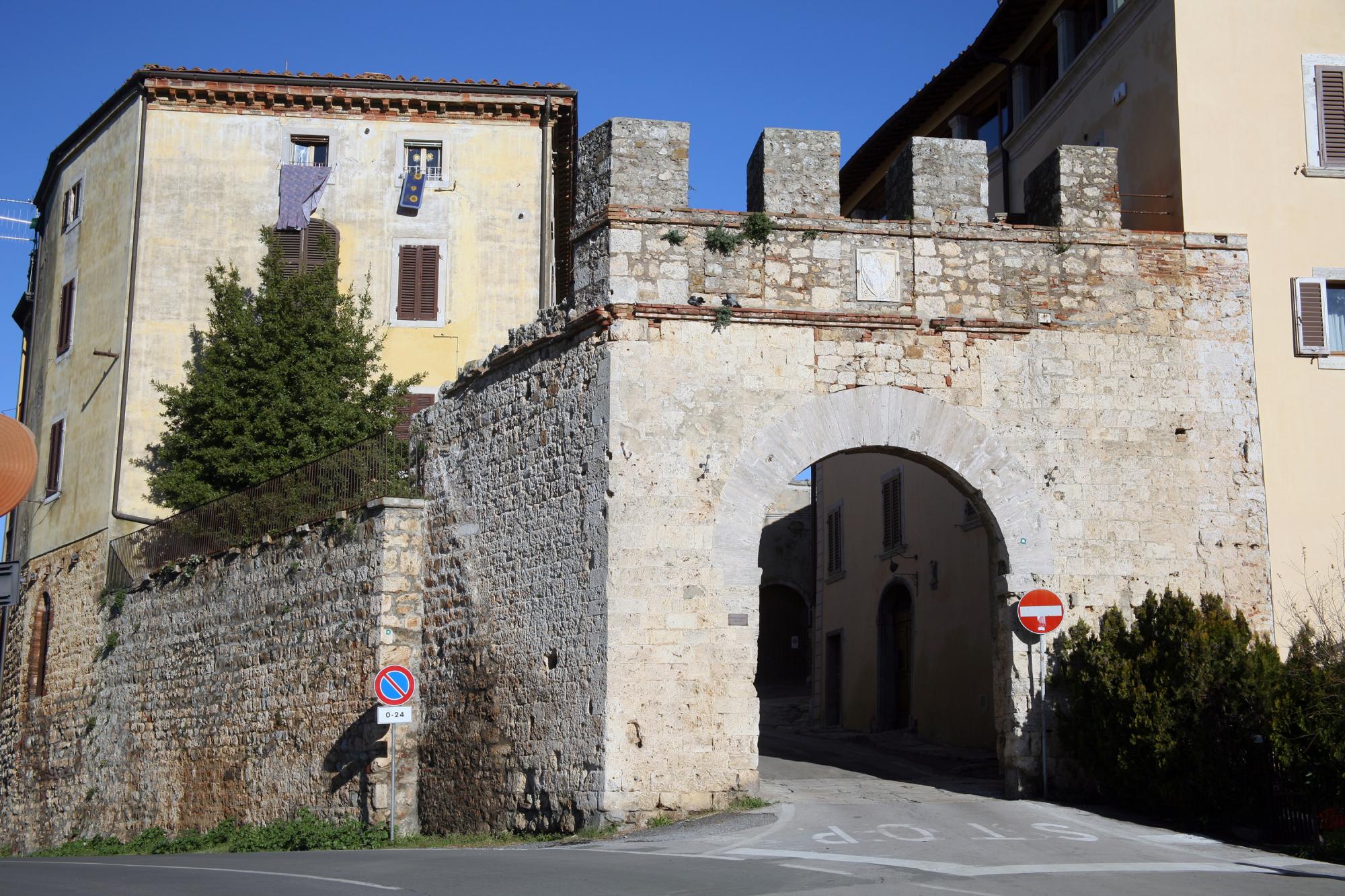
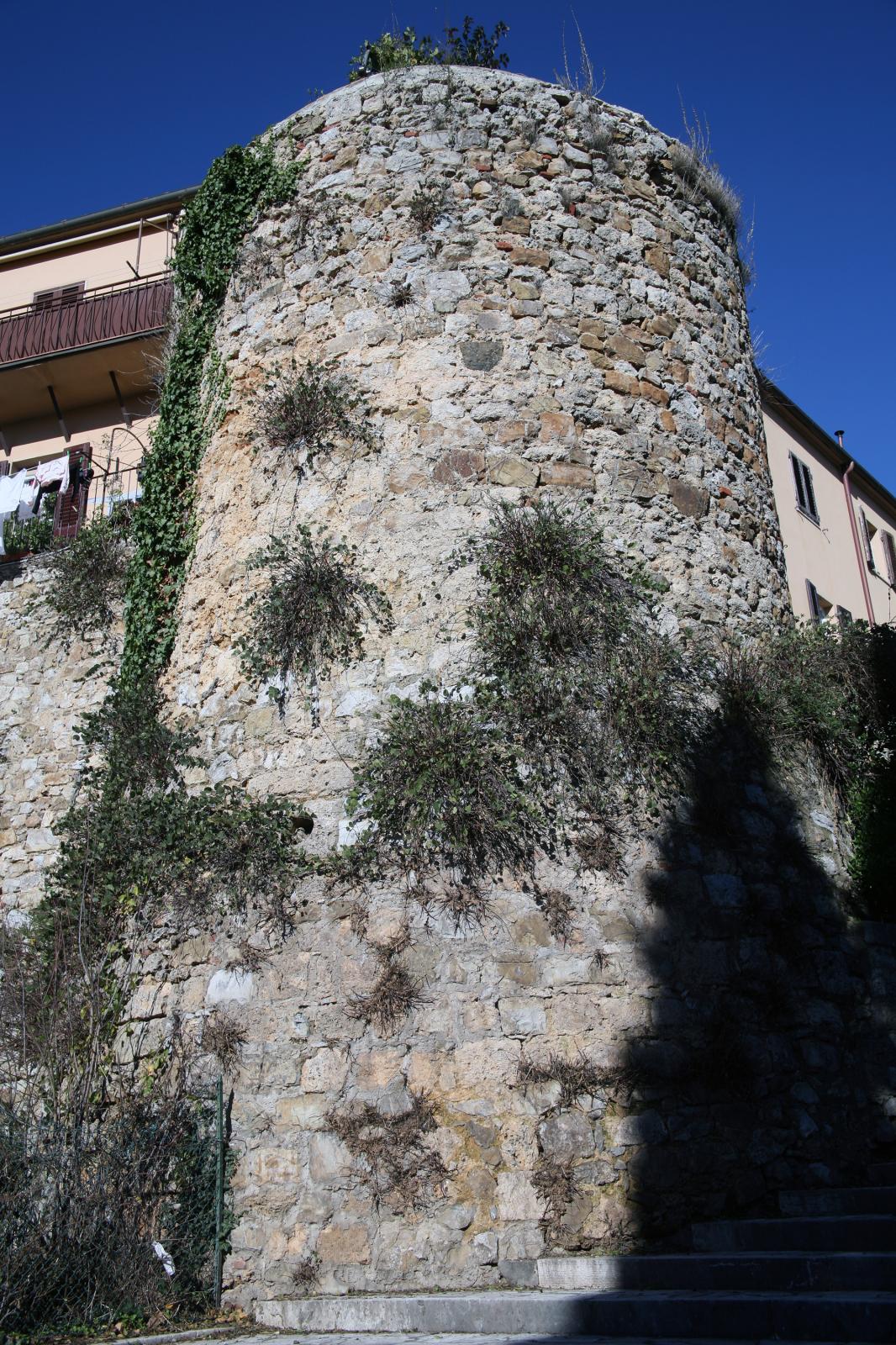


















How to reach
The city of Massa Marittima rises on a hill 380 meters high in the heart of 'Colline Metallifere' (Metalliferous Hills), hills of the Alta Maremma. It can easily be reached from Siena following SS73 up to the crossing point of of the 'Madonnino', then SS441 up to the junction with SS439 that, following the direction to Follonica, leads just under the walls of the 'old town'.
History
Massa Marittima, which, despite its name, is more than twenty kilometers from the sea, is considered one of the medieval jewels of Tuscany. Its origins are wounded in mystery; traces of a human settlement from the Bronze Age have been found on its outskirts. In the Etruscan period, the zone was known for the wealth of its mines; probably the city was the 'Massa Veternense' of the Roman Age.
After this period, the settlement remained at the borders of history at least until the 9th century, when it became the center of the Episcopalian power, thanks to the transfer of the Bishop's Main Seat from Populonia. The Bishop preferred to leave the coast, which became marshy and the object of continuous raids by the Greek and Saracen pirates, to retire the court in the heart of the 'Colline Metallifere'. It seems that first Massa Marittima wasn't selected as a seat; in fact, in 1016, the first traces of the existence of a church were found on the site of a church, and at the beginning of the 12th century, those of the constitution of an Episcopal center.
In 1225, Massa became a free city-state (Comune autonomo), detaching from Episcopalian control, and from this time on began a period of great prosperity, thanks to the growth of the mineral trade (iron, copper, lead, and silver), of which the zone was rich, so much so that the name of the town was changed to 'Massa Metallorum'. In this era, such great monuments as the Romanic-Gothic Cathedral of San Cerbone (initiated perhaps already in the 12th century), the Praetorian Palace and the Public Palace (1230), and the Public Fountain (1265), all inside the town walls of the lower old town, are still today endowed by two gates (called Salnitro and S.Bernardino) were built.
Afterward was launched a grandiose plan of transformation of the upper city, called subsequently 'New Town', and here was written the 'Codice Minerario', one of the most important juridical medieval documents of Italy and perhaps the most ancient example of job legislation, with the purpose of controlling all the extractive, mining, and entrepreneurial activities. In the first years of 1300, the city counted between 10.000 and 20.000 inhabitants.
The prosperity, together with the strategic position, attracted to Massa the aims of Pisa, Siena, and Florence, in whose disputes the town was involved up to 1337, when it fell under the Senese domination. Siena immediately planned, thanks to the imposition of strong taxes, the reconstruction and the enlargement of the fortifications: a second wall circuit was erected all around the 'New Town' and, between the 'two towns', the Fortress.
This acted in practice as 'bearing' between the old and new town, dominating both, englobing the ancient fortress and Episcopalian residence of Monteregio (of which don't remain traces) and the primitive Keep, the 'Candeliere tower', today reduced to a third part of its original height, joined to the walls from a bridge with a rampant arc. At this point, at the vertex of the Moncini street that joins the two town parts, rises the magnificent Gate 'Alle Silici', with a double breteche (a small projection beyond the wall that covers the entrance below), perhaps the most beautiful and still intact medieval town gate of Tuscany. The form of the Senese fortress is like a 'butterfly', in fact, the two wall curtains are separated by only 15 meters at the north, in correspondence with the aforesaid gate, and by 42 meters at the south, where they englobed the Episcopalian fortress. These defensive systems were studied with the purpose of guaranteeing safety and external contacts in the event that both parts of the city fell into hostile hands. The town walls have the same characteristics as the fortress, endowed with machicolations (opening between the corbels of the parapet through which the defenders can drop rocks or fire projectiles against an enemy directly below them) in stone, alternated by square towers. Today, the S.Francesco gate and the whole eastern side of the enclosure are still intact, while a big part of the western side was demolished between the 18th and 19th centuries.
The Black Plague in 1348 and the loss of autonomy caused the decline of Massa, so much so that in 1408 the population was reduced to 400 people. In 1555, after defeating the Senesis from Charles the 5th army, allied with the Florentine, the city was annexed to the Granduchy of Tuscany. However, it was only thanks to the reclamation of the 18th century, made by the Lorena, that the zone reborned with the development of agriculture and extractive activities. The city has been rediscovered, especially in the last century, by historical researchers and artists who have contributed to bringing its patrimony to the ancient shine, thanks to great works of restoration. Today the historic center of Massa Marittima is a forced destination for all the lovers of the Middle Age.